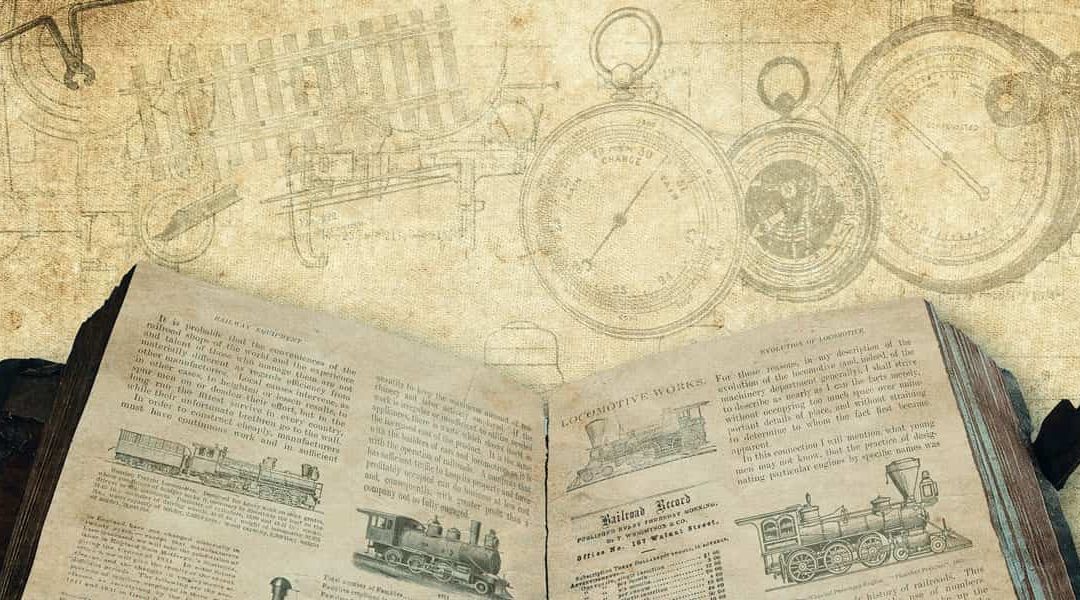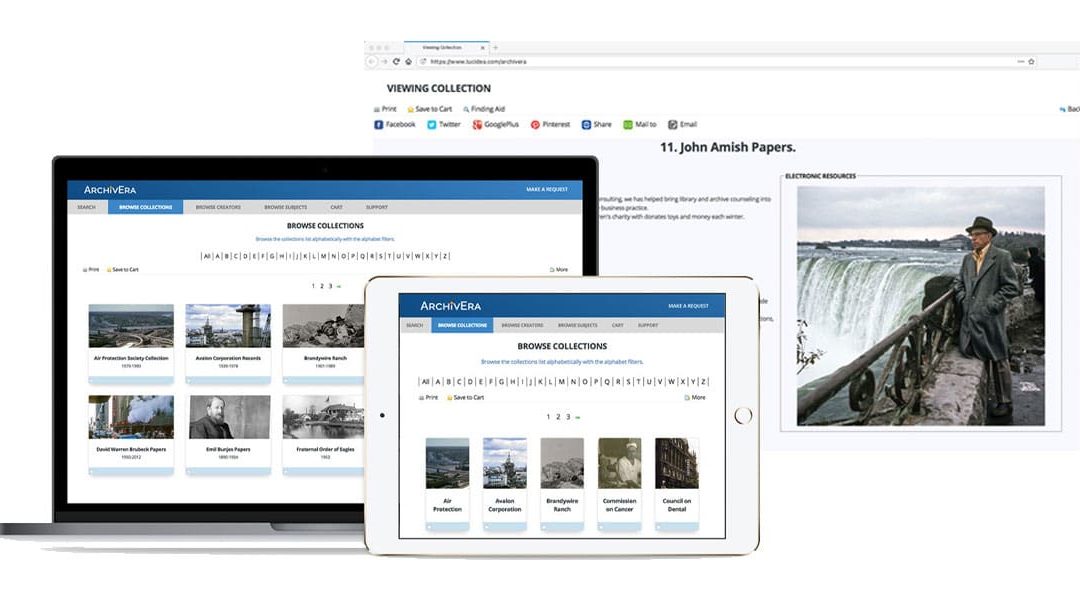
An Overview of Acquisition in Archives
Acquisition allows archives to make decisions and allocate resources, permitting procurement in a planned, coordinated, systematic manner.

Acquisition allows archives to make decisions and allocate resources, permitting procurement in a planned, coordinated, systematic manner.

Archival collections development establishes policies and procedures used to select materials in keeping with an archives’ mission and scope.

Archival repositories use collections management systems to facilitate collaborative and interdisciplinary approaches to records creation.

A successfully implemented archival collections management system (CMS) can make discovery easier and meet changing user needs and expectations.

Archives should establish an ongoing CMS training program; this increases user acceptance and develops a common language across the organization

Archivists should never rush archival collections management system implementation; it is worth the time it takes to do it properly and thoughtfully.

An archives mission statement outlines the responsibilities of the archivist and the authority of the archives to operationalize its goals.

Adhering to archival information and cataloging standards via organizational collections management policies makes daily activities more efficient

Archivists can use the implementation of a collections management system to improve data maintenance practices, making collections easier to access.

Archivists must create strategies to build collections thoughtfully and actively, rather than being passive receivers of files of limited value.

Selecting the best archival collections management system for your institution requires estimating all the costs involved, even the less obvious costs

Archivists must select an archival collections management system compliant with the metadata schema used by their institution and holdings

After archivists develop requirements for an archival collections management system, they must research options and select the best fit for needs

Free webinar with tips from Margot Note on how to gather stakeholder input and build advocacy and engagement when selecting an archival CMS

For an archival collections management system (CMS) to meet demands, it should be selected after a discovery period that builds a decision framework

An archival CMS project should involve a team that meets regularly, decides on the purpose for the CMS, and examines internal processes and workflows

Selecting an archival (CMS) depends on determining goals, objectives, and requirements which must be done by a diverse team of stakeholders

The Museum of Fine Arts, Houston’s Archives leveraged a move of its collection to implement ArchivEra, going from legacy databases to a powerful CMS

The Archivists’ Advantage: Choosing the Right CMS, is an essential guide to archival collections management system selection, implementation and use

Free webinar with tips from Margot Note on how to improve archival collections management through a robust CMS.

Archival repositories manage valuable, irreplaceable materials; they benefit from automation systems (e.g., an archival CMS) with robust capabilities.

Archivists often try to leverage library systems for their data, even though they lack unique templates and workflows for comprehensive archival collection management.

When installing a new collections management system (CMS) or migrating from a legacy system, archivists face challenging questions.

Archivists and records managers share efficient, systematic arrangement, description, preservation of documents; meeting at records scheduling

Archival reference is the process of connecting users to primary sources that answer their research questions and is tied to all archivist activities.